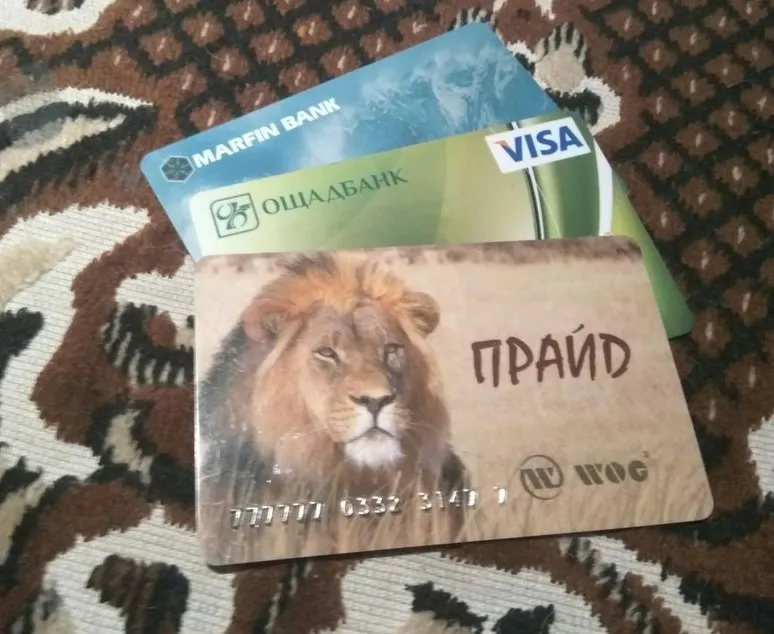
Everyday millions of people in U.S and all around the globe are using bankcards for making credit card payments for their purchases. Has anyone of these cardholders ever thought how the bankcard industry evolved?
In simple terms, a bankcard can be described as a plastic card issued by a bank or a financial institution, using which, the cardholder can gain access to the financial resources of the bank as a line of credit. In real terms, the concept of providing credit to customers for purchasing goods first came into existence during the 18th century, when Christopher Thompson, a furniture merchant, provided credit to consumers for buying furniture from his store. The credit was to be paid off on a weekly basis. Gradually, this concept evolved into an organized system, when in 1914, Western Union issued a metal card to some of its privileged customers, something that was termed as "Metal Money". These metal cards were accepted only at selected Western Union outlets where customers can utilize Western Union services and pay later. The same system was soon employed by petroleum companies, departmental stores, and motor companies in the United States. General Petroleum Corporation provided its first metal cards in 1924 only to selected consumers and employees. Later, during late 1930’s, "Bell System Credit Card" was introduced by American Telephone & Telegraph (AT&T).

Early 1950s witnessed the evolution of modern bankcard industry, when in 1946 a banker named John Biggins introduced "Charg-It", a unique system of credit that did not involve any credit card. However, in this system, Biggins bank customers were allowed to make purchases from local stores and businesses. Bills were forwarded to the Biggins bank, where payments were made to the merchants. Later, the bank used to collect the credit amount from the customer. Ironically, this system did not include any cards. In 1950, the first real credit card was provided by Diners Club, Inc, when they introduced their Travel and Entertainment Charge Card. These cards were provided to selected businesspersons, to protect them from the hassles of taking cash on the road. In 1958, American Express entered the market with a similar concept. At the same time, Bank of America came up with a revolving credit card concept. However, these cards could be used only in the State of California.

During the next couple of years, bankcard industry became increasingly popular with several banking institutions issuing bankcards to their customers. This necessitated the need of bankcard associations. The objective of bankcard associations was to regulate the bankcard industry and ensure a hassle free exchange of information between member banks. In the year 1966, Interlink was the first bankcard association created when 14 U.S banks including Bank of America entered an understanding regarding usage of Bank of America credit card transactions. In 1967, a similar Interbank Card association called Master Charge was brought into picture as a competitor for BankAmericard Program. By the end of the decade, almost every bankcard issued was either a Master Charge Card or a BankAmericard. As the concept of bankcards gained international significance, bankcard associations required better representation. Hence, in 1976, the name of BankAmericard Program was changed to Visa. In the following year, Master Charge program acquired a new name called the MasterCard International.

At present, there are five major players in the bankcard industry which include Visa International, MasterCard, American Express, Diners Club, and Discover. Among these, only Visa comprises 50% of the bank cards issued worldwide. While Visa and MasterCard employ an open-loop system where credit cards are issued through member banks and credit card transactions are processed through interbank cooperation. On the other hand, American Express, Diners Club, and Discover still employ a closed-loop system, where the card issuing bank processes the entire transaction.

A foreign tourist visits a shopping mall in Dubai, purchases goods, and uses a MasterCard or Visa for making credit card payments. Details of the purchase appear in the cardholder’s subsequent monthly statement. Even though it takes several months for the cardholder to repay the amount, the merchant gets back the sale amount within 3-15 days of purchase. All these complex transactions are possible only due to an organized bankcard system that provides convenient and easy payment solutions to merchants and cardholders.